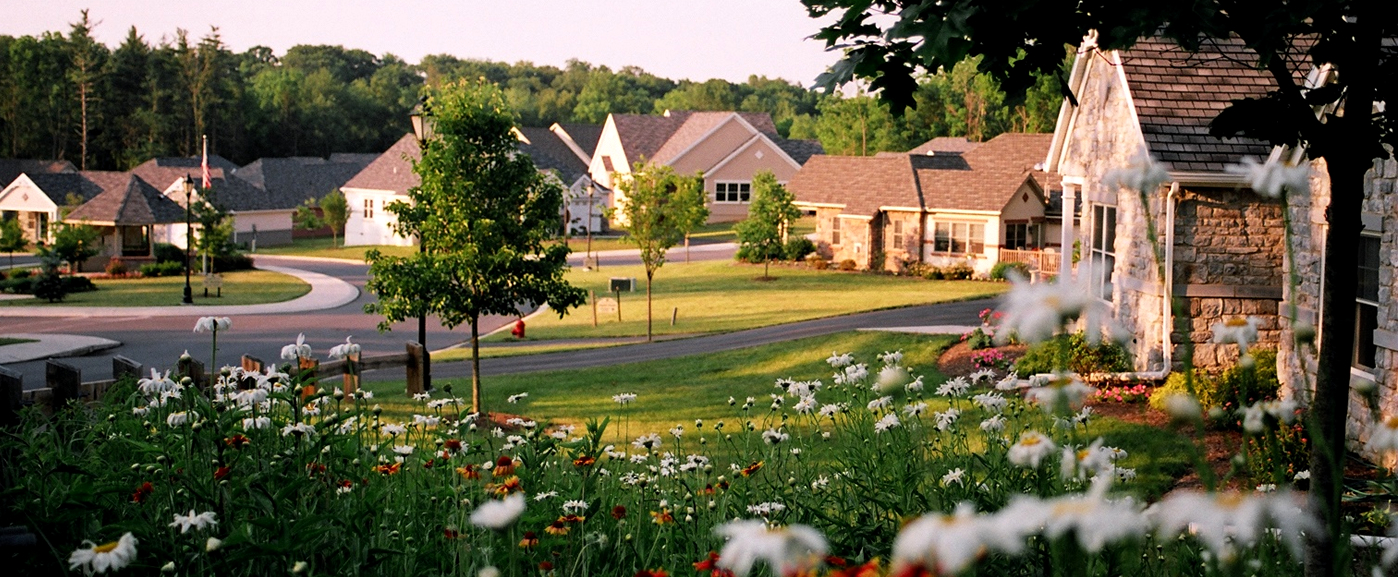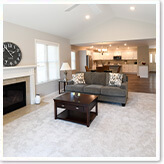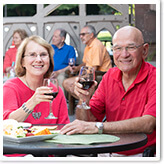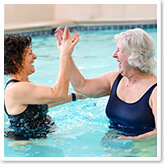
55+ Communities are an age-restricted community that offers homes and community features like a club house, exercise facilities and activities. Residents are still responsible for interior and exterior maintenance of their home and 55+ Communities do not offer health care.
Continuing Care Retirement Community (CCRC) is a type of retirement community, like Cornwall Manor, that offers residential living in apartments or homes, personal care or assisted living and skilled nursing care as well as services and amenities like dining, transportation, pastoral care, wellness programs, etc. Residents are able to age in place, moving from one setting to another as their needs change but stay within the same community. Residents pay an entrance fee and monthly fee for services.
Nursing Home is a facility where care is provided to individuals who need 24-hour supervision. They also can offer different types of therapies to assist in recovery from an illness or surgery. Some facilities also offer memory support care for people with moderate to severe loss due to Alzheimer’s or dementia. Nursing care can also be provided in a short- or long-term stay, depending on the level and type of care needed. Nursing care is provided in CCRCs and stand-alone facilities.
Personal Care/Assisted Living facilities are specialized living arrangements that combine independence and personal attention. Personal Care/Assisted Living enables many
people to stay active and in control of their lives by providing as much or as little assistance needed to support their independence. In addition to providing meals and housekeeping services, personal care/assisted living provide help with dressing, medication, transportation and social activities.
Senior Housing consists of apartment style residences designed to make life easier for seniors. Features may include railings in bathrooms or 24-hour emergency call services. Some may offer meals, transportation or social activities. Government subsidies make this type of housing more affordable for low-income seniors.





